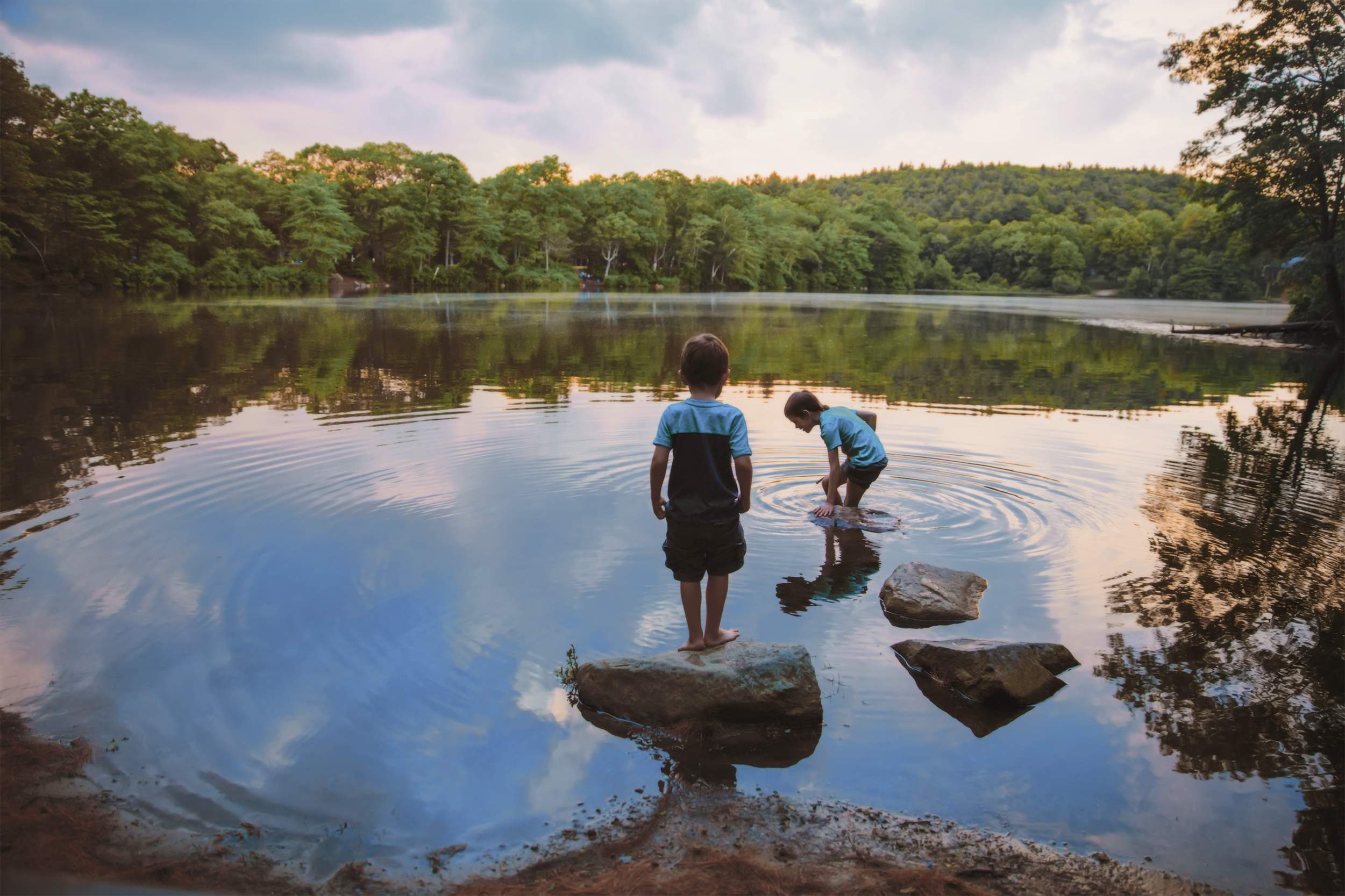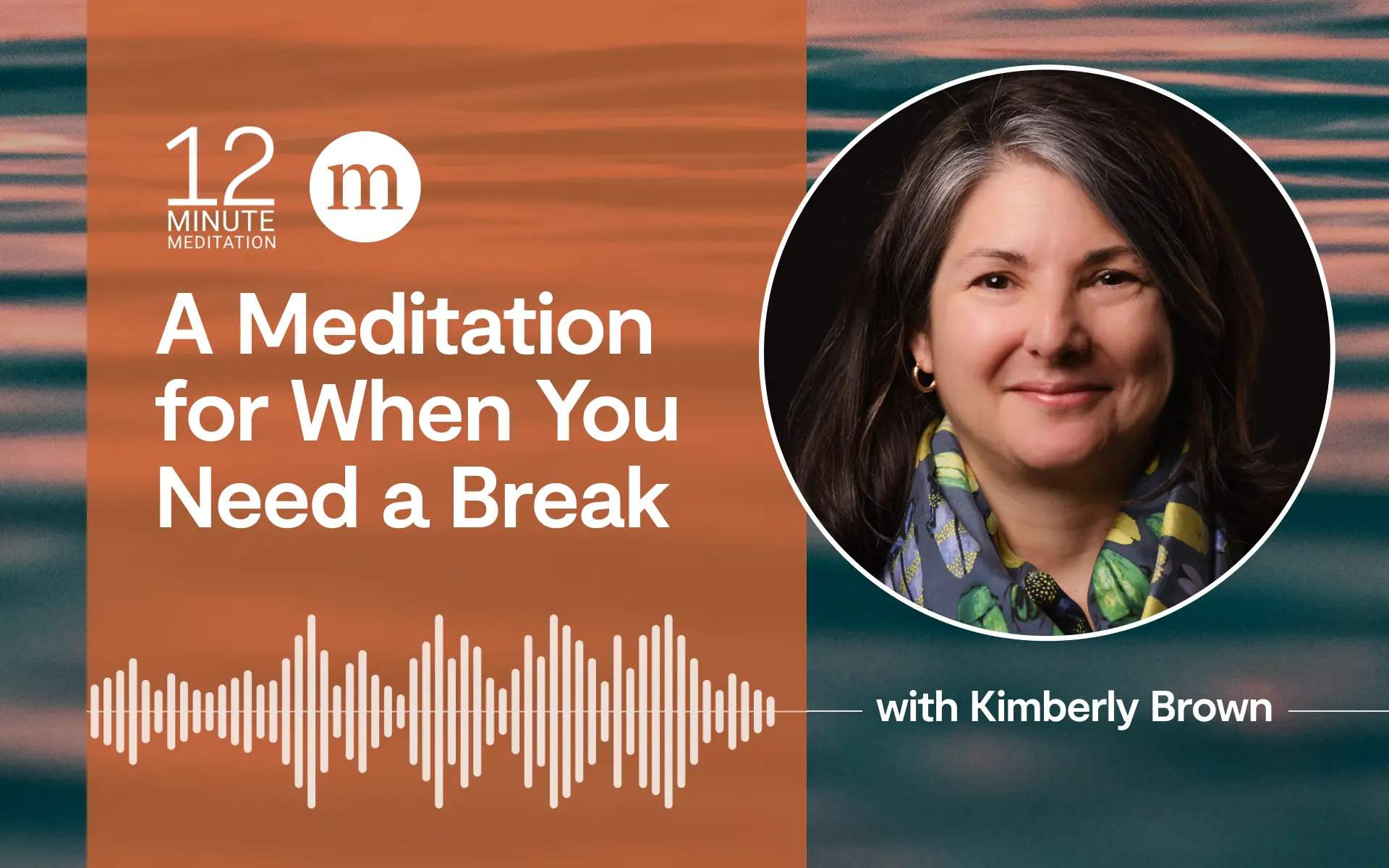Five Mindful News Stories
1. Conscious Curation
Many major museums—like the Smithsonian, the Penn Museum of Archaeology and Anthropology, and the British Museum—are using 3D technology to replicate artifacts from prehistoric cave art in France to Jackson Pollock’s drip paintings, making art and artifacts broadly accessible—and repatriating objects stolen from colonized societies. The Smithsonian, for example, 3D printed a whale hat from the Tlingit clan in southeastern Alaska. Museums can display objects concurrently, and anyone with access to a 3D printer can get the digital files online and make their own copy. Plus, archaeologist Néstor Marqués says, “3D printing [can] create perfect replicas of the objects, or resize them if the objects are so small that their details can’t be seen properly,” a boon for education and research. And, since 2019, Google’s Arts and Culture Institute, nonprofit CyArk, and 3D printing company Stratasys have collaborated on the Open Heritage project, which aims to “bring important monuments and artifacts around the world to life” by reproducing small-scale versions of cultural heritage sites.
2. The Spoilers You’re Looking For
When choosing what to watch, it’s often good to look both ways, so to speak. The site doesthedogdie.com helps film and series buffs do just that: It’s an online database for content warnings. Users contribute info on what’s in a film or a show, from violence to strobe effects, ableism to clowns, and of course, dogs or other animals dying. Crowdsourcing lets viewers support each other in making informed decisions about their entertainment.
3. There is such a thing as a free ride
Kansas City is on track to become the first major US city with free public transit, after city council agreed to waive the fare on city busses for all riders. The joint initiative between the city and the local transit authority aims to make life easier for those on a low income, while encouraging others to make the eco-friendly choice to leave their cars at home. Doing away with transit fares is estimated to cost the city eight million dollars, and will save the frequent commuter one thousand dollars a year. Kansas City’s streetcars are already fare-free.
4. Play, by the rules
To grow a garden and eat fresh produce; to play in vibrant neighborhoods, schoolyards, and parks; and to splash in the Chesapeake Bay are among the legal rights of children in Baltimore. The city adopted a Children’s Outdoor Bill of Rights in May 2019, one of 18 cities funded by Cities Connecting Children to Nature, which aims to fuel systemic shifts to make nature more accessible for children and families, especially those in underserved communities. Mary Hardcastle, director of the Carrie Murray Nature Center, helped develop the Bill of Rights and says it’s led to the start of a Nature Daycare, as well as bubbling up throughout government a proactive vision for nurturing healthy families through exposure to nature. “In providing access to nature, we also want to address issues of equity, trauma, and healing,” adds Hardcastle.
5. Put Your Worries to Sleep
A Guatemalan tradition—where children tell sorrows to tiny “worry dolls” before sleep— inspired Peter Wieben to develop the free Worrydolls app for smartphones. It displays adorable illustrations of worry dolls, along with space to type your troubles in. It’s simple, yet powerful: Studies show describing difficult emotions can help to resolve “an undefined cloud of anxiety,” notes Wieben. By observing that most worries tend to go away over time, Wieben says, we learn that we can “simply watch the worry arise and fall,” not taking it too seriously.
Recent Acts OF Kindness
Got You Covered: Jeremy Locke drove past Jeannette MacDonald’s home in Glace Bay, Canada, regularly and noticed her roof was in terrible shape. Last spring he knocked on MacDonald’s door and offered to fix it for free, but MacDonald wouldn’t accept. Months later, Locke was back, saying MacDonald had won a raffle for a new roof. (The raffle was entirely made up.) Locke says MacDonald reminds him of his grandmother, and he’s hoping she’ll cook a meal for his crew. “I was betting she made homemade bread and was probably a good cook,” he told the Cape Breton Post.
Extra-curricular KindessA primary school in County Cork, Ireland, assigned its students a different kind of homework in December. Students were asked to perform acts of kindness, and to write kind notes to each other to be read aloud at a weekly school assembly. The school’s vice principal wrote on Facebook: “Our message to the children is very simple: They can be the reason somebody smiles today and they can definitely help make this world a better place for others and for themselves.”
#My Mental Health in 3 words
In early December, many Twitter users decided to break down the silence around mental health by sharing their experiences with mental illness and recovery using the hashtag #mymentalhealthin3words. The answers ranged from lighthearted to profound, with each providing an honest look at the nuances of mental health.
“Struggling but fighting”@Weltzchmerz
“Just keep swimming”@clemserrell
“Dogs. Exercise. Therapy.”@ ninaandtito
“Happiness is internal”@JPBrown5
“Searching for change” @buzy263”
More Ways to Enjoy the Moment
You’ve gotten hygge with it, now check out these other hard-to-translate ways to take a refreshing pause.
La Passeggiata:
This Italian tradition translates directly to “the walk,” but it’s so much more than a simple excursion on foot. Italians get dressed up to “fare la passeggiata” in the evenings on weekends and holidays, when the whole town takes to the streets to see and be seen. While you may find it more comfortable to wear sneakers and stretchy clothes, you can still get the benefit of moving your body, feeling part of your community, and greeting passersby, no matter where and when you fare your own passeggiata.
Fika:
Translated as a “coffee and cake break,” the Swedish tradition of fika is about more than just getting your daily caffeine fix. Fika can be done at any time of day, and involves sharing a pause with friends, family, or coworkers while savoring a treat. It serves to both strengthen your relationships and give you a break to refresh your mind and body.
Niksen:
The Dutch practice of niksen involves doing nothing at all—that’s right, nothing. The idea is to let go of the need to be productive and give yourself permission to simply be in the moment, so you can reduce stress and relieve symptoms of burnout. How exactly do you practice niksen? Try taking a long break to look out the window, listen to music, or sit down.
Beginner MIND
Question from a reader: I reacted with anger, rage, and frustration when a difficult friend ignored my request for space. This person punishes and is unlikely to forgive. Do I apologize even though my words will likely fall on deaf ears?
Answer from Diana Winston, Director of Mindfulness Education at UCLA’s Mindful Awareness Research Center.
It sounds as if you’ve already made the leap into more compassion through your own practice—you recognize you reacted in a way that doesn’t feel right. So it may feel helpful for you—to set your heart at ease, and if it feels like the ethical thing to do for your own self—to say to this person, “I’m really sorry I responded with so much anger, I lost touch with myself and I realize that was not fair to you,” or whatever you want to say. The trick here is to apologize without being attached to the result. If you’re hoping that they’re going to say, “I totally accept your apology, I love you, our relationship is wonderful,” you’re probably going to be in trouble. There’s another option, from the 12-step world. They talk about the concepts of direct amends—when we directly ask a person for their forgiveness—and living amends, when we make a decision to live our lives differently. It may just be that in a case like yours, that’s a better, kinder approach.







